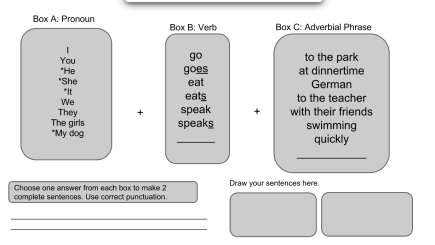In Year 3 of MAET we have been reading Sparks of Genius. Today’s reading assignment was about “patterning”. There are just some tidbits from today’s conversation and activities with colleagues and professors that leave me wondering and thinking about what’s happening in our schools and how I can promote patterning in my own life and my students’ lives:
Patterns can be recognized as a sequence or a relationship. Patterns are biased by culture, based on our prior knowledge. Simple ideas we get from patterning can lead to more complex ideas. Pattern recognition can be accidental or purposeful. Patterns come in three forms: semantic, visual and schematic. When we break patterns, we become able to think more creatively. Holes in patterns allow us to create new insights….a new pattern to discover, maybe. Patterns allow us to connect to our world in a deeper way, with a more fine-tuned understanding of our reality.
Why aren’t schools teaching more patterning? Why aren’t we drawing on patterns’ relationships throughout subject areas?
How do I create a patterning practice in my content area? And how can I create activities that guide my students to form patterns?
These are big, daunting questions. We tried to create an activity for our students to create patterns (semantic patterns) based on a grammar concept that they struggle applying. Here is our example of a Language Arts activity for ELL students, flexible depending on age, usable on an interactive white board, especially elementary student-friendly. What do you think? How could my group improve it in patterning design? How could we have altered it to reflect more the need of students patterning?
